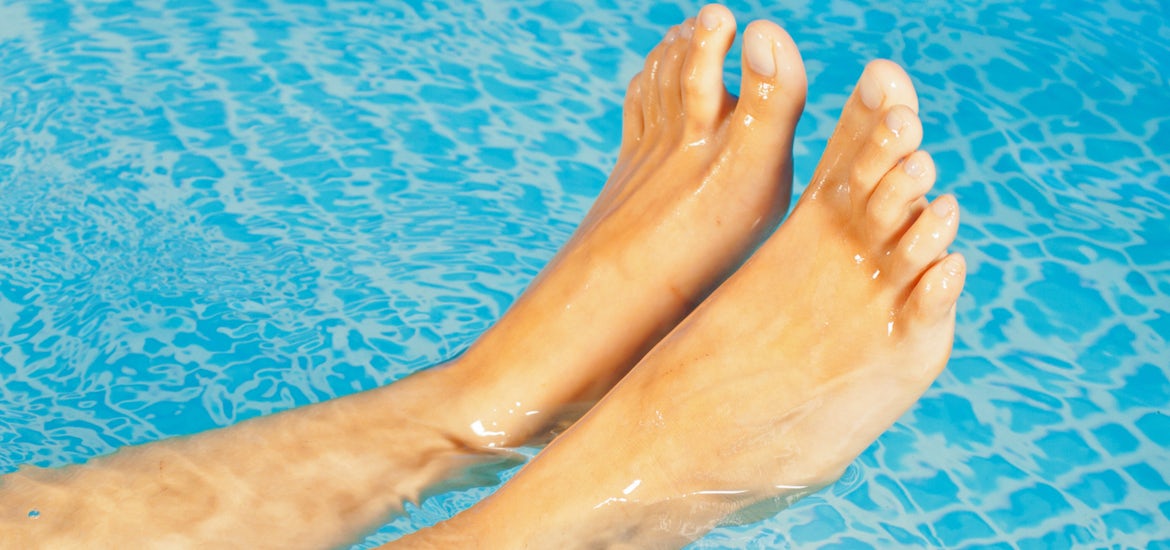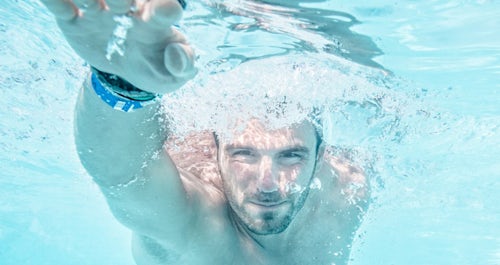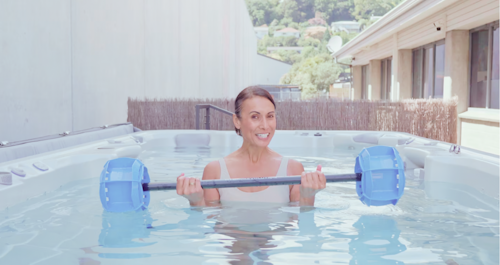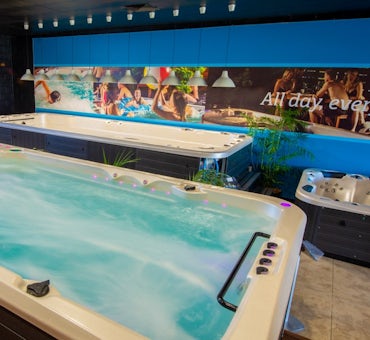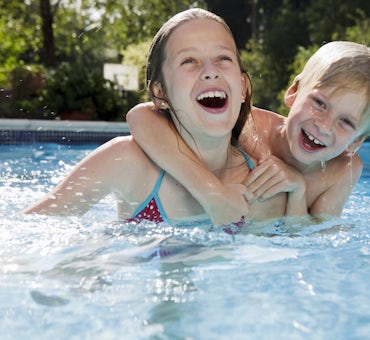Restless Legs Syndrome seems to occur most often in the lower extremities with the legs but also occurs in the head, mid-torso, arms, or even those who are missing limbs.
Temporary relief is realised often when the body part is moved to help calm down the sensations in the nervous system. The symptoms can be a tickle, twitch, shiver, or slight movement that just will not seem to stop.
They can occur during daylight but often occur more readily at nighttime. It is during times of relaxation that the restless legs or body parts seem to get worse.
Many things can be the primary cause that brings the restless leg syndrome on for people. The list is by no means comprehensive, but I will list a few that have been noted to cause the restless legs.
Dopamine levels which have fallen for some reason, iron deficiency, varicose veins, thyroid disease, folate deficiency, magnesium deficiency, fibromyalgia, many auto-immune disorders, celiac disease (inability to process gluten), certain antihistamines used for allergies or asthma, sedatives, low blood sugars, excess weight, not enough exercise, depression, and mental illness are just a few of things that have been identified as possible causes for restless leg syndrome.
The first aspect is to work to identify what the baseline issues of deficiency or problems are with a qualified health practitioner, and then you are ready to consider the spa or swim spa as a great asset in helping to calm the problem.
Temperature and soaking can contribute greatly to helping with and aiding in getting restless legs to calm themselves before relaxation.
It is best to not have the jets on for the soaks that occur right before bedtime. The agitation of the jets in spas are great for the body but can excite the nervous system before bedtime if you soak before sleeping-morning or night for the shift workers. The ideal temperature is 36-38 degrees Celsius.
A 15-20 minute soak is all that it takes. Longer soaks can cause more blood to go to the peripheral (skin) regions instead of deeper which can excite the skin, and not be as calming as it could be for your soak in the spa or swim pool. If the spa or swim spa is too hot, it may feel great, but actually causes more excitation than relaxation.
CLOSING STATEMENT- “Most people have attained their greatest success just one step beyond their greatest failure.” Napoleon Hill
